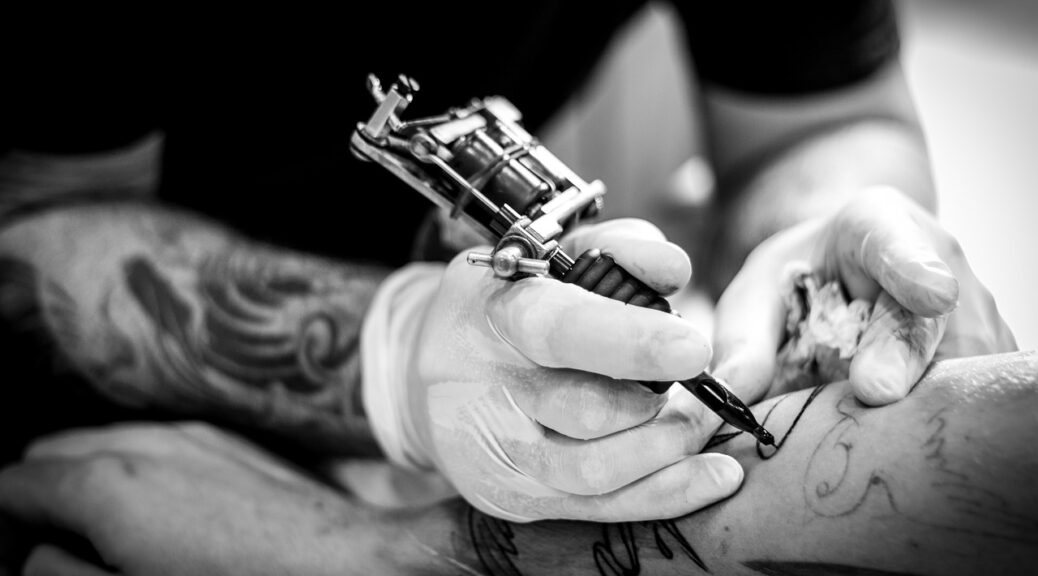
Tattoo Aftercare Instructions and Sun Protection
Skin cancer rates continue to rise in the United States, so health researchers continue to explore novel ways to reach people with potentially life-saving information. In a recent commentary published in the Journal of Clinical and Aesthetic Dermatology, Klein Buendel Senior Scientist, Dr. Barbara Walkosz, and co-authors discuss how tattoo studios and their aftercare instructions provide a unique opportunity to reach younger adults with skin cancer prevention recommendations.
Sun protection for new tattoos, to some degree, is provided to most clients as part of the tattoo aftercare process. However, most aftercare instructions focus on the protection of the client’s tattooed skin, not comprehensive full-body sun protection. Most artists are not prepared to impart thorough sun safety recommendations, “such as applying sunscreen prior to sun exposure with a sun protection factor (SPF) of 30 or higher, reapplying sunscreen when outdoors for more than two hours, using clothing that physically blocks ultraviolet rays, wearing wide-brimmed hats that shade the head, or seeking shade when available.”
However, research suggests that tattoo artists are interested in learning about sun safety measures and open to sharing the information with their clients. In the commentary, the authors pinpoint the unique opportunity tattoo studios provide to reach younger adults with public health information, including through studio websites and social media pages. The commentary also shares results from in-depth interviews with tattoo artists and describes how tattoo aftercare instructions vary from state to state.
This research team was funded by a grant and supplement from the National Cancer Institute (CA206569; Dr. Barbara Walkosz and Dr. Robert Dellavalle, Multiple Principal Investigators). Authors include Dr. Cristian Gonzalez from the Department of Dermatology at University of Colorado School of Medicine, Dr. Barbara Walkosz from Klein Buendel, and Dr. Robert Dellavalle from the University of Colorado School of Medicine and the U.S. Department of Veterans Affairs Rocky Mountain Regional VA Medical Center Dermatology Service.